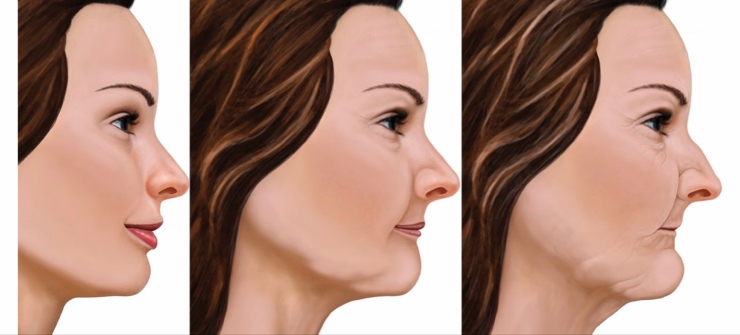THE TEN YEAR DENTAL CHALLENGE
”Why can’t I just get it out? I don’t think I want to do another root canal treatment Doc!”
Now when a patient says this, the tooth usually has been in crisis; pain swelling or serious difficulties in chewing or all three. Not all teeth that are painful need to be removed.
When your dentist lets you know that your tooth has to go; there are usually four reasons:
-Bone loss around the tooth to the tip of the root. This can be caused by pyogenic gum disease, or dental caries that has caused a huge chronic abscess with soft tissue around the root tip.
-A vertically fractured tooth into the root, or a displaced horizontal fracture or split in the root area of the tooth.
-Destroyed crown of a tooth to the point where a building up of the tooth structure is not possible.
-A failed Root Canal treatment. By this we mean an irretrievable case.

This decision is not one easily made, and the dentist has to consider other factors such as the effect of losing the tooth; and the possible replacement options. Also considered are your general state of health. There are medical conditions which require extra precautions before extractions occur.
Always ask your dentist to give you the reasons for the proposed extraction and the possible effects on the teeth and tissues in that area.
Patients often delay replacing an extracted tooth especially when its in the back. The reason they give include lack of funds and fear of dental procedures.
What happens is that if you don’t replace the tooth there will be consequences.
The teeth around that tooth will begin to drift into the space and in the process, you will develop gaps between them. The gaps become huge food traps, and eating quickly becomes a real chore.
With gaps the risk of new cavities increases dramatically; and a couple of years later there is often marked gum disease in these teeth.
A missing tooth causes the partner tooth in the opposing jaw to grow longer: this called supraeruption. The longer tooth also develops an abnormal contact with its neighbors and this causes further food traps and cavities.
What happens ten years later?
This image from Corpus Christi Dentist USA describes it very well:

Its very important to sit with your dentist and work out a long-term plan for replacement of all your missing teeth.
The teeth that don’t have to be replaced are those at the end of your mouth which are commonly called wisdom teeth.
If you have matching missing teeth at the end the dentist may advise that you remain with a shortened dental arch, because this is a stable arrangement.
Apart from this, the best practice is to replace your missing teeth within six months to one year of tooth loss.
And remember:
“The mouth reflects the body!”


